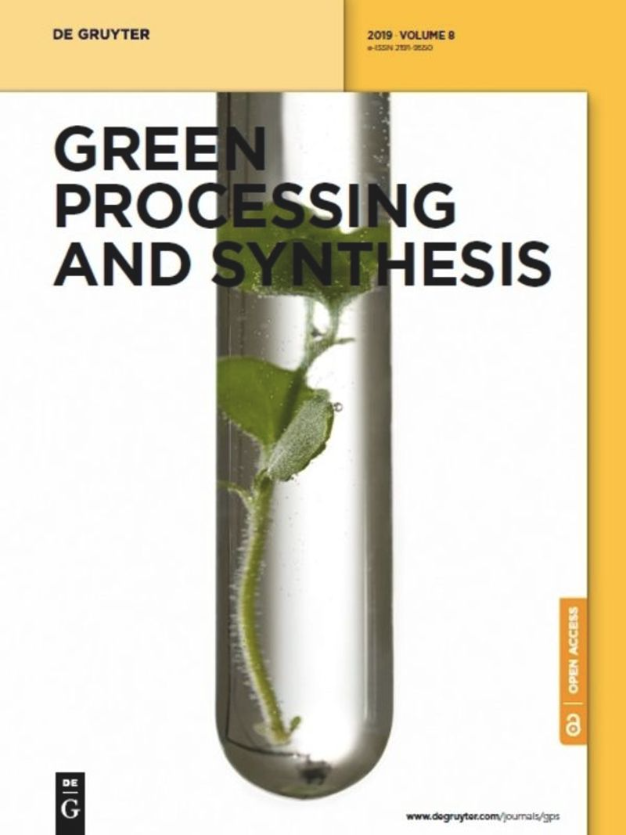新型原位合成用于降解有机染料和制氢的四元核壳金属硫化物纳米复合材料
IF 3
4区 工程技术
Q2 CHEMISTRY, MULTIDISCIPLINARY
引用次数: 1
摘要
摘要环境修复中有毒有机污染物的催化降解已受到广泛关注。有机染料和化石燃料作为污染物是当今的两大问题。有效和有针对性地从水系统中清除有机染料是全球饮用水和废水处理的一个关键问题。以蓖麻为稳定剂,水合肼为还原剂,合成了ZnO-ZnS-CdO-CdS四元核壳纳米复合材料。紫外可见光谱和光致发光证实了nc的形成。傅里叶变换红外光谱证实了官能团的存在,扫描电镜分析显示纳米材料的形貌呈球形和多聚分布。x射线粉末衍射证实了制备样品的结晶性质。将所制备的纳米催化剂应用于油菜叶提取物绿色源制氢及刚果红和甲基红染料的降解。总的来说,纳米碳纳米管的光催化性能及其设计是成功的。所制备的催化剂不仅对单一底物的降解有活性,而且对混合染料的降解也有活性。本文章由计算机程序翻译,如有差异,请以英文原文为准。
Novel in situ synthesis of quaternary core–shell metallic sulfide nanocomposites for degradation of organic dyes and hydrogen production
Abstract Environmental remediation of toxic organic pollutants on catalytic degradation has gained much attention. Organic dyes and fossil fuels as pollutants are the two major problems nowadays. The efficient and targeted eradication of organic dye from water systems is a critical global concern for the treatment of both drinking water and wastewater. In this study, ZnO–ZnS–CdO–CdS quaternary core–shell nanocomposites (NCs) were synthesized using Ricinus communis as a stabilizing agent and hydrazine hydrate as a reducing agent. UV-visible spectroscopy and photoluminescence confirmed the formation of NCs. Fourier transform infrared spectroscopy confirmed the presence of functional groups, while scanning electron microscopy analysis revealed that the morphology of nanomaterials was spherical and poly distributed. X-ray powder diffraction confirmed the crystalline nature of prepared samples. The prepared nanocatalysts were used in the production of hydrogen gas from green sources of the Brassica campestris leaf extract and the degradation of Congo red and methyl red dyes. Overall, the photocatalytic performance of NCs and their design was successful. The prepared catalysts were not only active in the degradation of a single substrate but also in the degradation of a mixture of dyes.
求助全文
通过发布文献求助,成功后即可免费获取论文全文。
去求助
来源期刊

Green Processing and Synthesis
CHEMISTRY, MULTIDISCIPLINARY-ENGINEERING, CHEMICAL
CiteScore
6.70
自引率
9.30%
发文量
78
审稿时长
7 weeks
期刊介绍:
Green Processing and Synthesis is a bimonthly, peer-reviewed journal that provides up-to-date research both on fundamental as well as applied aspects of innovative green process development and chemical synthesis, giving an appropriate share to industrial views. The contributions are cutting edge, high-impact, authoritative, and provide both pros and cons of potential technologies. Green Processing and Synthesis provides a platform for scientists and engineers, especially chemists and chemical engineers, but is also open for interdisciplinary research from other areas such as physics, materials science, or catalysis.
 求助内容:
求助内容: 应助结果提醒方式:
应助结果提醒方式:


